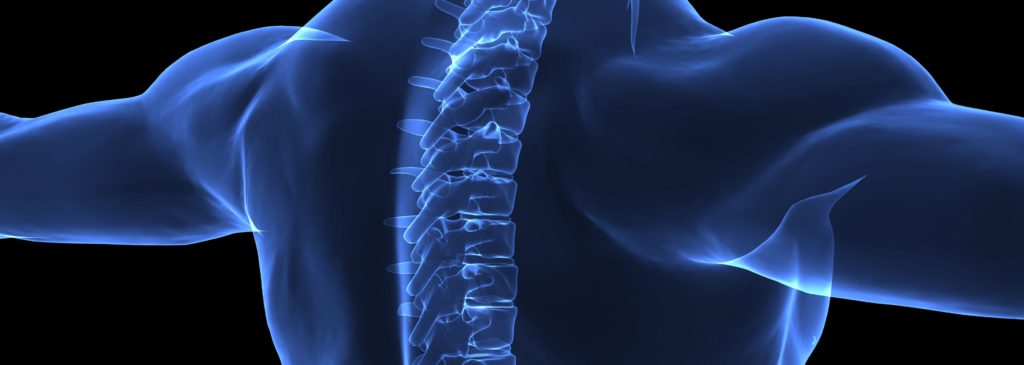
The Spine
I once did a class on the spine for a group of 3 year old children. I asked them what they would look like if they had no bones in their bodies. The answer; a blob of jelly of course!
So, the spine has the function of providing support to the jelly. You know, something to hang the jelly on. And since we walk upright, that job is even more challenging than if we were to walk on four legs. It takes a lot of coordination to walk upright. Just ask someone who has had a bit too much to drink. Your coordination and posture is a complex interaction between nerve endings that sense position, your eyes, your ears, the balance centers of your brain and the vast array of postural muscles.
The spine and the skull are made of bone, which encases the spinal cord and the brain and serves to protect the delicate nerve structures. The spine is also segmented which allows for motion and flexibility. There are 7 cervical (neck) bones (vertebrae), 12 thoracic (mid-back)vertebrae, 5 lumbar (lower back) vertebrae, 5 sacral vertebrae which fuse during childhood, and 3-5 coccygeal (tailbone) segments. The moveable bones are separated by discs, and spinal nerves emanate from the spine between the vertebrae through the intervertebral foramina (holes between vertebrae). The spinal cord and nerves comprise the master control system of the body. Any damage or pressure can cause interference to nervous system control of the body.
During infant and toddler years, the curves of the spine develop. The inward curve of the neck and low back is called a lordosis, and the outward curve of the mid back is called the kyphosis. These curves allow for normal ranges of motion of the spine, add strength to the spine and allow for more efficient carriage of one’s body weight in the upright position.
Due to the closeness of the nerves to the spinal bones (vertebrae), it is easy to see how misalignment of the bones can put pressure on or otherwise irritate the spinal nerves as they exit the spine. This situation is called a vertebral subluxation, and results in a loss of normal function in the tissues, organs and systems that the nerves control ultimately, but not always leading to symptoms. The spine is vastly important in its relationship with the nervous system. This is precisely why Chiropractors are concerned with the health of your spine. Everyone who has a spine needs to be checked by a Chiropractor to locate and correct any subluxations that may exist! And for those without a spine, well, they’ll be just a blob of jelly!